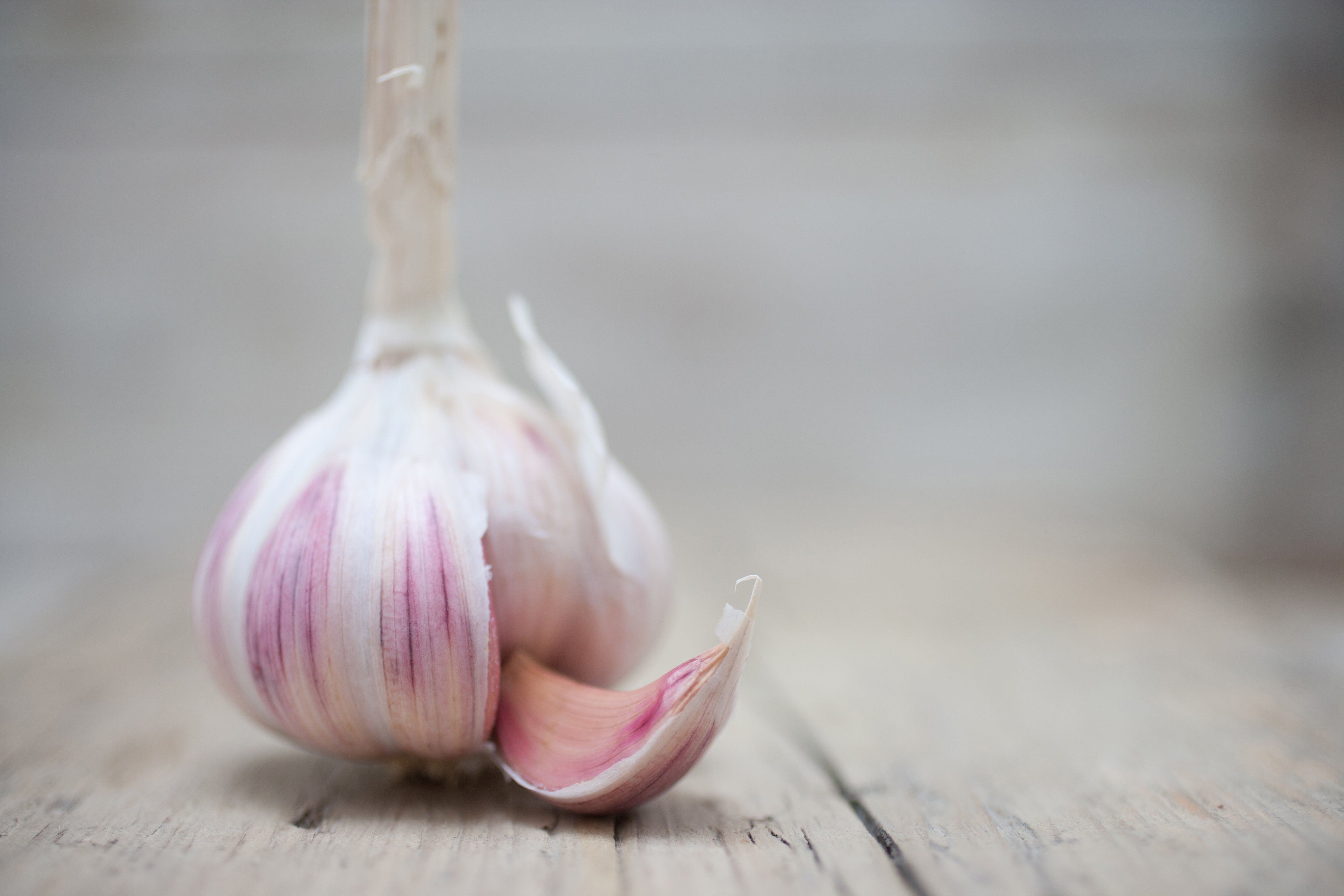
This article originally appeared on Health.
If you’ve ever googled “yeast infection home remedies,” you’ve probably come across claims that inserting a garlic clove—or a paste made from raw garlic—into your vagina will help you feel better stat. The theory behind this natural treatment is that garlic’s antifungal properties could help clear up the uncomfortable condition, which is caused by an overgrowth of Candida yeast.
My friend actually tried this remedy one night when she was desperate to ease the itch down there and unable to get to a pharmacy. She went to bed with a garlic clove in her vagina, but woke up with the same discomfort and discharge. What’s more, she discovered the garlic actually sprouted(!!) inside her.
After hearing about her somewhat disturbing experience, I was curious: Is there actually anything to this garlic treatment, or is it just an old wives’ tale? To learn more, I turned to Lauren Streicher, MD, an ob-gyn based in Chicago—and she cleared the situation right up.
“It’s ridiculous,” Dr. Streicher said. “[Garlic] isn’t something that any gynecologist would ever recommend.” And it’s no substitute for science-backed medicinal treatments (like over-the-counter antifungal creams, and the oral antifungal medication fluconazole).
So why has the garlic myth persisted for so long on the Internet? Dr. Streicher’s guess is that some women become frustrated when expensive OTC antifungal creams don’t offer relief, and decide to experiment with home remedies instead.
But that led to another question: If antifungal creams are the right treatment for yeast infections, why do they sometimes fail to ease the itch?
One possible reason is that yeast may not be causing the itch in the first place. Many women who think they have a yeast infection actually have bacterial vaginosis, explains Dr. Streicher, who is the author of Sex Rx: Hormones, Health, and Your Best Sex Ever. Bacterial vaginosis is a common condition triggered by an overgrowth of normal vaginal bacteria.
The two below-the-belt issues have similar symptoms, including discharge—though with a yeast infection, it’s “a characteristic white, clumpy, thick discharge” that isn’t associated with a foul odor, says Dr. Streicher. Bacterial vaginosis, on the other hand, leads to thinner discharge with a distinctive “fishy” smell.
Bottom line: If an OTC antifungal cream doesn’t clear up your symptoms within a few days, or they recur within a week, call your doctor. She can prescribe a stronger antifungal, or figure out if something else is causing your discomfort.
As for natural home remedies for your nether regions, Dr. Streicher recommends steering clear. “Any time you put something inside a body that’s never been studied, it could be harmful,” she says. “There’s no way to know if it’s helpful [and] there’s no way to know that it’s harmful, because it has never been studied.”